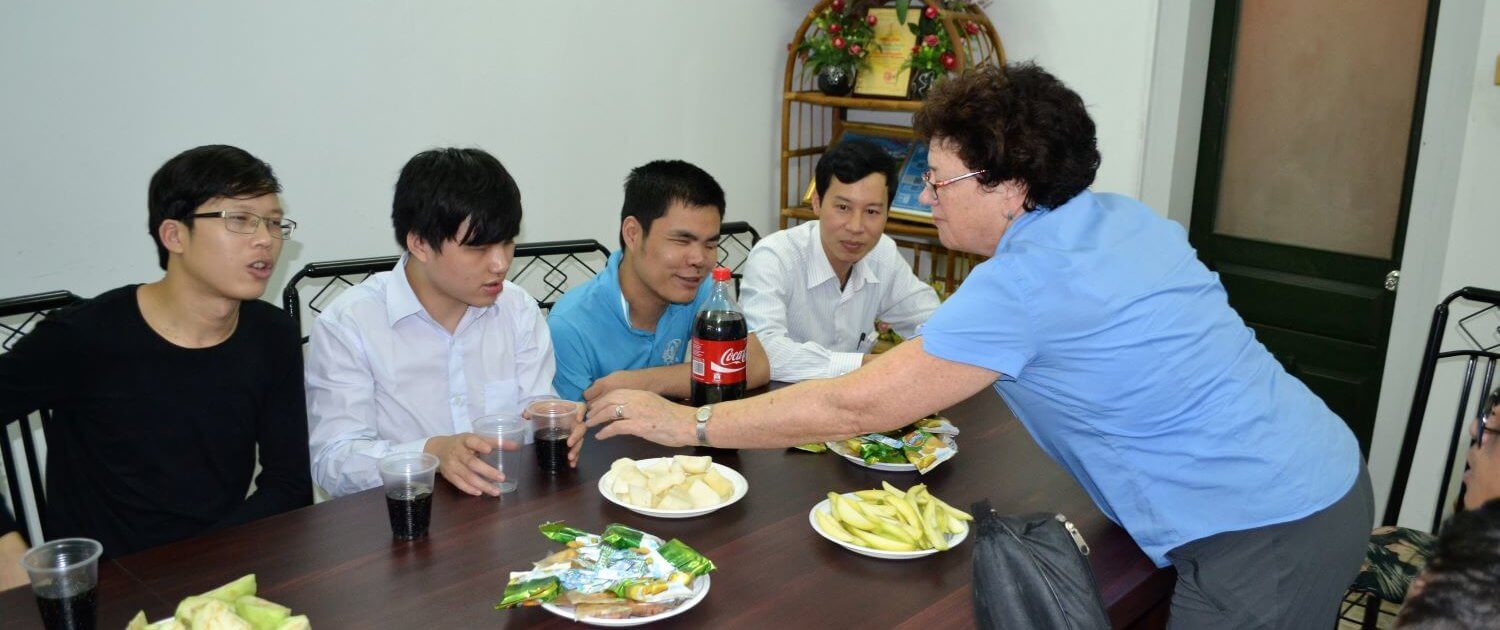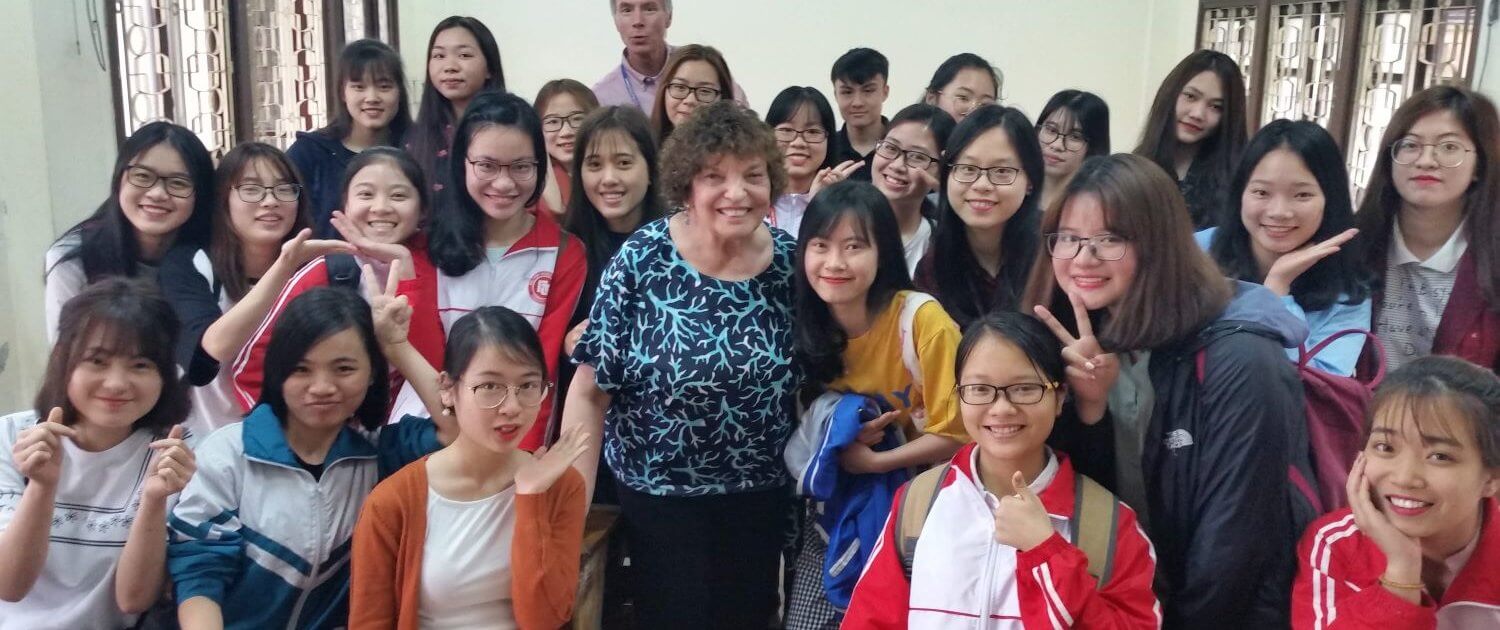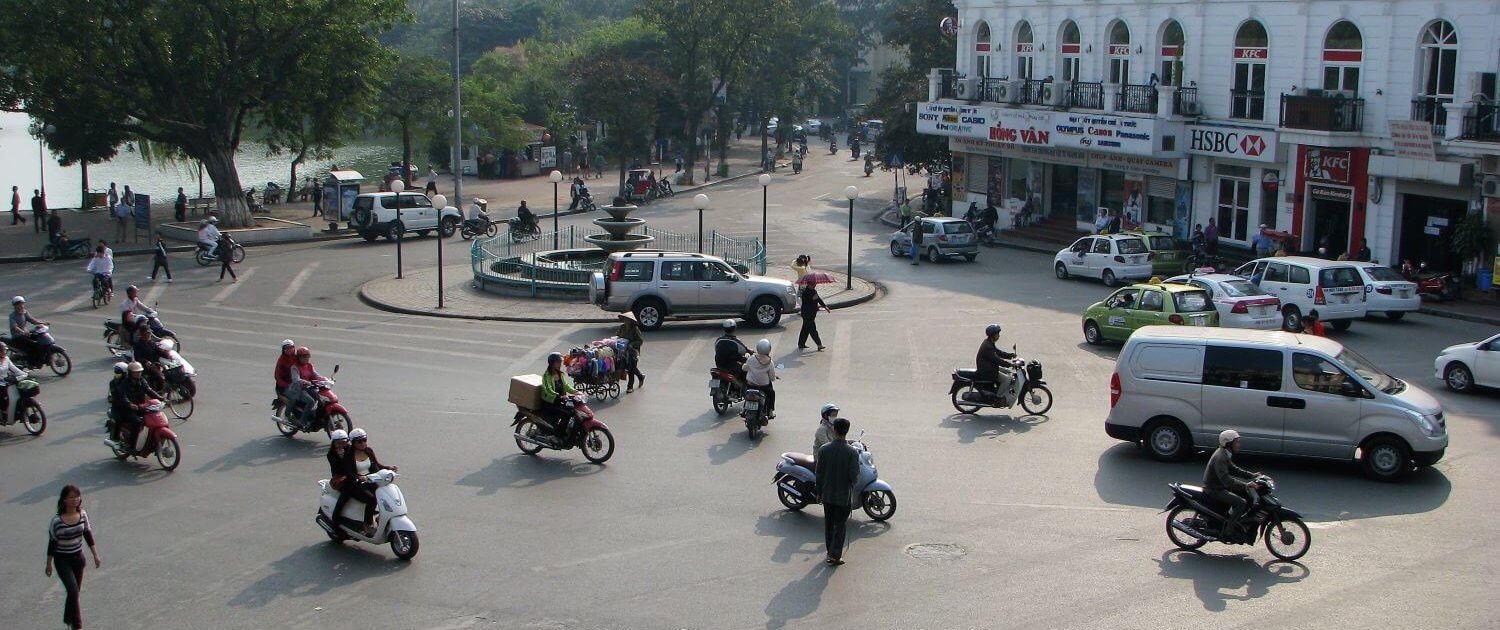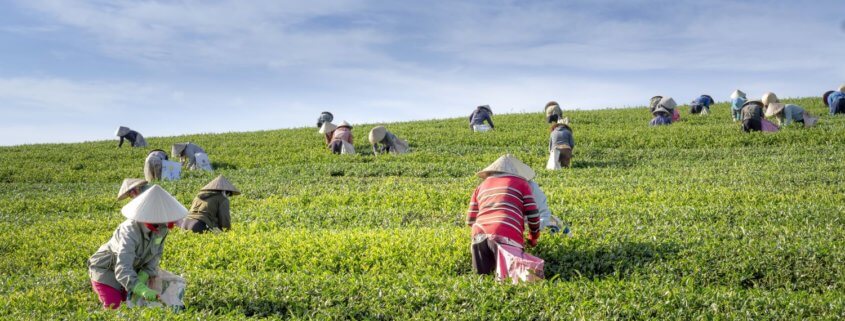Personal and Economic Sacrifices Spare Vietnam From World’s Death Rate
While the global media focused on COVID-19 cases worldwide, Vietnam quietly proceeded with their containment campaign and now is cautiously restoring daily life. Despite its dense population and proximity to China, Vietnam has held onto one of the world’s lowest infection rates. How have they succeeded where the richest countries with the best health care systems have not? We’ve investigated the story behind their success and to draw a line to what we can learn from them.
At the time of this post, no COVID-19 casualties have been reported in Vietnam. Nearly all the 334 confirmed cases have recovered, and over the last month, only 15 new cases have been diagnosed. In other words, it seems that Vietnam not only has COVID-19 well under control, but it has actually defeated its spread without a single fatality. This is great news for Vietnam and Global Volunteers’ community partners in Hanoi. That city of eight million has confirmed a mere 120 COVID-19 cases. What’s behind their public health success and what’s been the social and economic cost?
Vietnam could have become a tragic COVID-19 story. With a third of the country’s nearly 100 million people packed together in cities, and a 900-mile northern border with China, the narrative might have been major loss of life. Disease outbreaks aren’t uncommon in this part of the world. The Vietnamese have lived through epidemics for generations, including measles and dengue fever, and in recent times, SARS and avian influenza. But the government adopted a radical multi-point strategy to protect its citizens from COVID-19. Because its urban healthcare system surely couldn’t meet the needs of thousands – or tens of thousands – of infected individuals, and public healthcare in rural areas is poor and almost non-existent in the most remote communities, the first measures were aimed at keeping people safe – at home – and out of under-supplied hospitals and clinics.

Our community partners from the Foreign Trade University and Blind-Link reported that the strict measures against COVID-19 impacted them in similar, drastic ways, yet kept them safe.
Blind-Link immediately ceased all massage training programs for blind students and closed two spas employing blind therapists. They also temporarily discontinued their free white cane distribution. The lost income during the lockdown, which would have funded meals and accommodations for their 35 blind students, has so far prevented Blind-Link from resuming training. Despite the challenges, they hope to resume their massage and foreign language training programs in September. They also plan to reopen three spas in Hanoi and Hoi An once international tourism is allowed. Blind-Link founder Huong Nguyen says she looks forward to the day “volunteers can help with English teaching at our spas for those students enrolled in our massage training programs in Hanoi and Hoi An Cities.”
The Foreign Trade University was closed until May. All international groups were cancelled, and activities with more than ten people were postponed. Students had to stay at home and do online classes. But starting in June they have been going back to normal. Currently, they are trying to resume all international activities with incoming and outgoing delegations, guests, and students. “It would be nice if we can receive volunteers to help our students with their English skills after long online courses;” says Ms. Ha Dao from the Department of International Affairs at the university. Looking ahead, Ms. Ha Dao adds: “We have to resume the new normal life to develop the economy and maintain the society.”
In the same way, the Nguyen Binh Khiem School (NBK) suspended classes while diagnosis of the virus was growing, but resumed the school year once the government announced in early May that cases were contained.

Unlike many countries that followed the World Health Organization’s (WHO) model of stages one to four, Vietnam went further right from the beginning. Weeks before WHO declared COVID-19 a Public Health Emergency of International Concern on January 30, Vietnamese scientists were already developing their own test for COVID-19. When the number of COVID-19 cases exploded in China during the last week of January, Vietnam acted immediately to close its northern border. When the first case was confirmed in Vietnam on January 23, a vast tracing operation was implemented. Schools were set to close for the Lunar New Year on January 25, and then remained closed through mid-May. In the events of reports of an infected person, entire streets, villages, and even cities were quarantined. For instance, when a few cases were reported in Son Loi (north of Hanoi) in February, more than 10,000 people in the surrounding area were quarantined.
“We have to resume the new normal life to develop the economy and maintain the society.”
Ms. Ha Dao, Foreign Trade University in Hanoi

By February 26, the number of cases in Vietnam was only sixteen, while many other countries were seeing the number of new cases per day rise to the hundreds. They held the course, and by mid-March, the government sent everyone who had contact with a confirmed case, as well as everyone entering the country, to quarantine centers for fourteen days. Extensive testing was carried out using locally-made tests even on people who were asymptomatic, and by mid-May, the number of new cases per day had reduced to only a handful.
Despite performing significantly better than most of the richest countries in the world in the fight against COVID-19, Vietnam is far from them in terms of income and access to quality healthcare. But perhaps Vietnam’s victory anticipates a better future for its people. Their sacrifice, dedication, and intelligence have proven that they are in charge of their own success. While they need our support, they don’t require our leadership. In line with that, Global Volunteers supports the future generations of Vietnamese leadership in our work at schools, training centers and government programs.
The quick and strict measures that spared Vietnam from a COVID-19 public health tragedy certainly took a toll on its people in many other ways. But the commitment from our community partners to work for a brighter future speaks of their resilience and dedication, and we’re with them for the long journey of recovery. Please join us!
You may also like:




Leave a Reply
Want to join the discussion?Feel free to contribute!